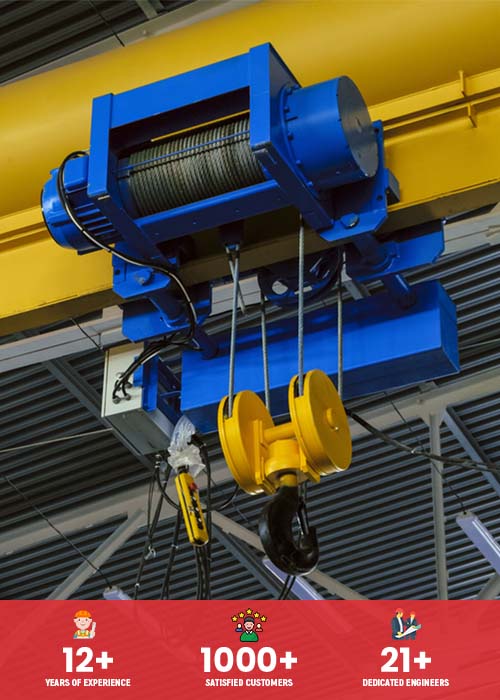Setting up a gantry in less than 7 steps
The gantry is one of the most popular and adaptable rental crane devices. When there are no other acceptable anchor points, you can span a gap and lift a load using the gantry, which is sometimes referred to as an A-frame or a gantry crane. For conventional aluminium or steel choices, setting up a gantry is straightforward and takes no more than seven steps. The gantry crane manufacturers in India talk about the steps to set up the gantry in seven simple steps.
For large fabrication applications or in particular types of outdoor yards, such as rail yards, shipping and container yards, steel yards, and scrap yards, full gantry or semi-gantry cranes are frequently used.
They’re also highly well-liked in locations where they’re creating and curing slab concrete for precast and cement applications. Forklift trucks and other types of motorised traffic can work on them and pass through underneath thanks to their design, which also permits outdoor use.
Portable gantry cranes are typically used to lift and stabilise objects while they are being repaired, built, or assembled. Although the gantry itself can be moved about to operate on other pieces of machinery or equipment, the load need not always be transported across the facility.
A portable gantry system may also be more adaptable than a workstation crane or jib crane. A jib crane normally needs to be erected atop a foundation made of poured concrete, and once it is, it is there for good. As your firm expands and you start organising and setting out warehouse space, a smaller portable gantry crane that can be moved around your facility may do the same type of work as a jib crane.
Setting up the gantry
Any of the gantry choices should ideally be assembled by two individuals for added security. The steps goes as follows –
The long or short insert of your choosing is already in place within the A-frame and secured in place with a spring-loaded set pin when Gantry legs are supplied.
Additionally, the gantries are provided with the top plate already attached to the beam, enabling you to attach your beam to your gantry legs and change the width using Lindaptor clamps.
Gather all the components in the designated area once your gantry arrives on site, then just attach the top plate on one side of the beam to one of the gantry leg inserts before inserting the set pin to lock it in place.
Together with a partner, elevate the first leg and beam while the other person lifts the second gantry leg vertically. To lock in place, align the top plate with the insert, make sure it is in place, and then insert the set pin.
Install your beam clamp, trolley, and hoist, or, in some cases, a monorail beam, now that the gantry is at its lowest assembled height, so you won’t have to battle with them when they’re at operational height.
Next, attach the supplied come-a-longs to the bottom of the insert and the side of each gantry leg. Working in unison with your partner, retract the spring-loaded set pin and raise the gantry to the required height, making sure the beam stays level the entire time.
Release the set pins once the desired height has been attained, and your gantry is ready for use.



